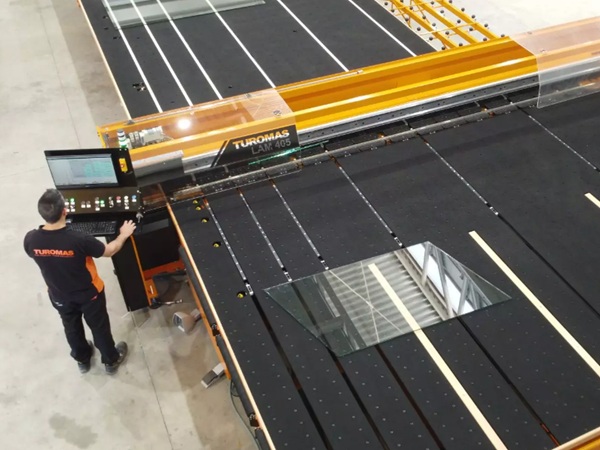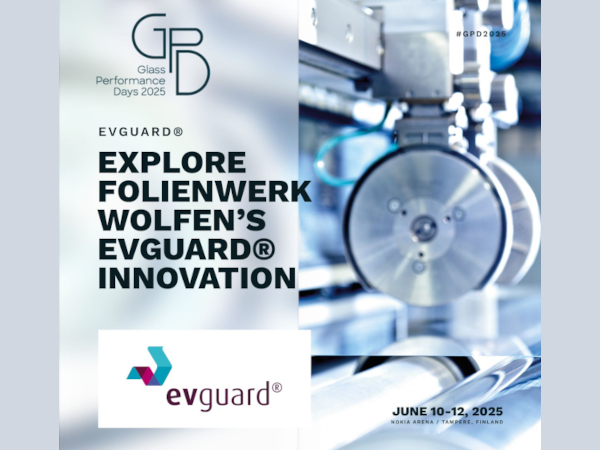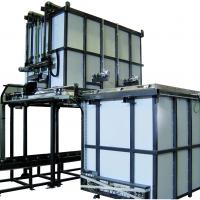Date: 14 September 2015
Saint-Gobain Sekurit, a Saint-Gobain Group subsidiary, belongs to the Innovative Materials branch.A leading manufacturer in the automotive glass sector, the company has an international presence and is tear one supplier for most automakers.
Saint-Gobain Sekurit has a wide range of high added value products and services, and benefits from a network of internationally respected R&D centers. Although, Saint-Gobain Group is one of the top 100 most innovative companies in the world and has been for the 3rd year in a row (Thomson Reuters ranking)
Saint-Gobain Sekurit as a contributor to the 2L/100 program:
Of the three main families of automotive glazing (tempered, laminated, and polymer*), two will be the subject of a major R&D project with the objective of reducing the weight by as much as 30 to 50% compared to the current standards. This weight reduction is intended to make a significant contribution to the target set by the French authorities during the October 19, 2012 Strategic Committee of the automotive branch meeting. The objective is to develop a vehicle that only consumes 2 liters/100 km in order to reduce CO2 emissions to the level established by the European authorities of 95 g/km by the year 2020.
The thickness of a line for energy savings
The Super Alma project in partnership with Renault is part of the 2L/100 programs and aims to push the weight reduction of automotive glazing to the limit while still ensuring the acoustic and mechanical performances demanded by users.
The solutions that will be developed address 3 distinct zones of the vehicle:
- Front: use of a laminated windshield that is substantially thinner (going from 4.5mm to 3mm)
- Side windows: use of thinner laminated glazing instead of tempered glass.
- Rear: the objective is to replace the tempered glazing with a polymer rear backlight. As with mineral glazing, organic glazing contributes to lowering pollutant emissions thanks to the weight reduction and allows complex and aerodynamic shapes. To be noted that Aerodynamic glazing has considerable influence on vehicle performances.
A well thought-out innovation
It should be noted that Saint-Gobain integrates eco-design in its R&D projects. The LCA (life cycle analysis) tool used throughout the Super Alma project thus ensures the environmental integrity of the proposed solutions. This will therefore respond to the requirements of the 2l/100 project by proposing raw material-production method combinations with a low environmental impact.
Table: glazing weight reduction possibilities.jpg)
Note:
* Tempered glass, developed by Saint-Gobain and made mandatory for automobiles in the 1920s. This safety glass is reinforced by tempering (sudden cooling of the glass as it comes out of the forming kiln) and will shatter into tiny fragments with rounded edges.
Laminated glass, developed by Saint-Gobain, is mandatory for windshields since 1980. A safer glass that offers more options for integrating functions, it consists of two glass layers with a PVB (polyvinyl butyral) inner layer sandwiched between them prior to assembly, thus ensuring the stability and adhesion of the glass in the event of impact or breakage.
Organic glass: for 20 years Saint-Gobain has been acquiring a unique set of skills in the designing and manufacturing of organic polymers automotive glazing. It permits the integration of elements or associated functions with shapes that cannot be achieved with mineral glass.
CONTACT: Sophie Milhe-Poutingon - communication.sekurit@saint-gobain.com





























Add new comment